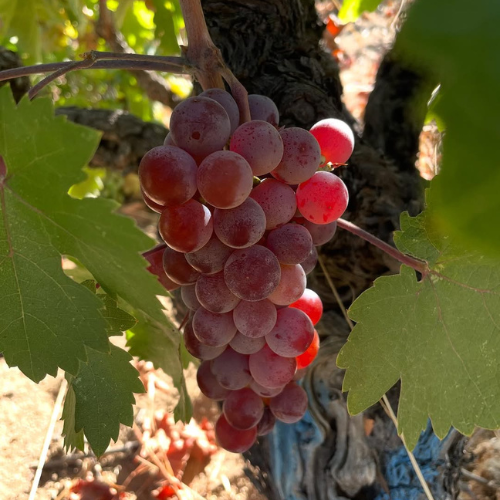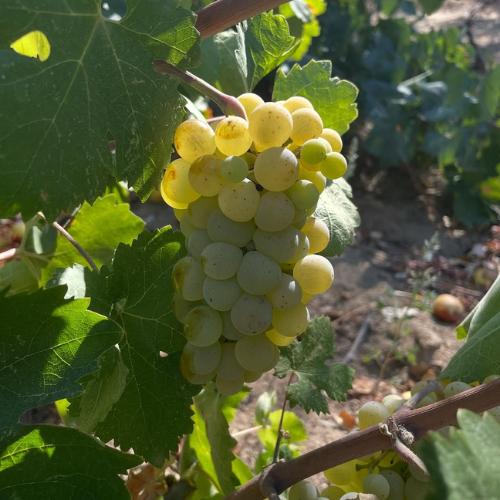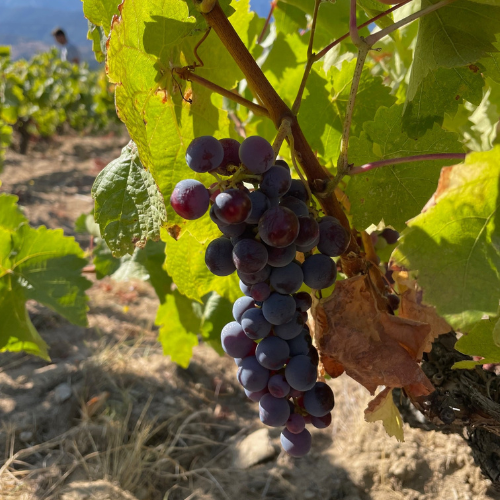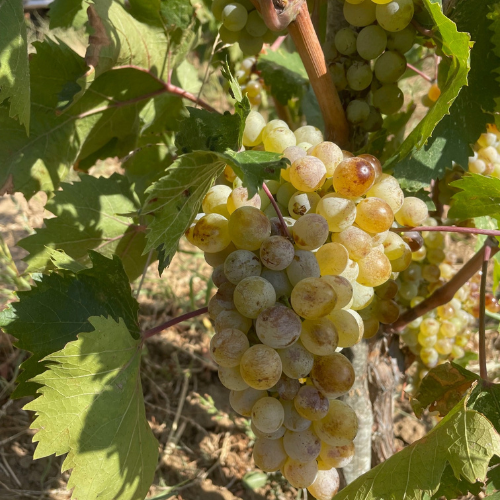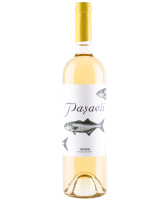

A Quick Tour of Turkish Wines Through Five Indigenous Grapes
ELIF SUZMECELIK-TABAK - BATH STORE
We’re excited to bring Turkish wines to the Amathus family. With Turkish roots, this is a wonderful opportunity to share a glimpse into this rich world—from grape names and tasting notes to food pairings. Eastern European wines have gained increasing attention, with Greece, Georgia, and Armenia finally receiving the well-deserved recognition they deserve. Similarly, Turkey’s wine scene is evolving as young winemakers focus on native grapes, purity, and authentic terroir expression.
A Taste of History
There is a long history of winemaking on these lands, stretching back to 6000 BC, carried through the centuries by Anatolian civilisations such as the Hittites, Phrygians, Lycians, Assyrians, Greeks and Romans. As in much of Europe, politics played a significant role in shaping Anatolian vineyards. Production declined under Ottoman rule but was revived with the founding of the Republic of Turkey. Today, winemakers prioritise quality over quantity with a growing interest in native varietals.
Turkey is home to more than eight hundred grape varieties (some estimates suggest the number exceeds a thousand), though only around twenty are widely used in wine production. Vineyards stretch across Anatolia and Thrace, shaped by varied soil types, microclimates, and elevations. From this rich diversity, our recent selection from Paşaeli focuses on western regions, highlighting six indigenous varietals from Denizli, Thrace, and the Gallipoli Straits.
A Still Blanc de Noir: Çalkarası
Among the range, one of the most intriguing wines for me is a blanc de noir—a white wine made from black grapes—crafted from Çalkarası (pronounced “chal-kah-rah-sah”), grown in Denizli, in the inland Aegean region. This grape is genetically related to the Cretan variety Liatiko, a grape that typically produces red wines with lush berry notes and gentle spice.
Even this white expression echoes this link by revealing delicate nuances of wild strawberry, stone fruit, and a touch of raspberry, all carried on a silky texture. Pair this moreish white with mackerel pâté, stuffed peppers, or savoury pastries like börek.
Pasaeli CalKarasi Blanc de Noir
Sparkling Delight from Troy: Sidalan
Next is a pét-nat made from the Sidalan (see-dah-lahn) grape, which originates from the slopes of ancient Mount Ida, situated near the historic city of Troy.
With bright citrus notes and a backbone of wet-stone minerality, Sidalan proves to be a natural fit for sparkling winemaking. I recommend this tangy sparkler alongside a tabbouleh salad, where its herbal lift and subtle salinity truly shine.
A Remarkable Wine and a Statement for the Environment: Karasakız
Another highlight is Karasakız (pronounced kah-rah-sak-uz), sourced from old vines in the Gallipoli Straits. These old vineyards produce wines with depth, intense red fruit, and earthy aromas, making them a great alternative to Gamay.
Paşaeli named this wine “6/N,” a clever play on words: combining altı (six in Turkish) with the letter “N” to form altın, meaning gold in Turkish. This wordplay reflects the producer’s commitment to sustainability and their stance against destructive wild mining in the region, affirming that the real treasure is found above the soil—in healthy land and thriving vineyards—not beneath it. Best enjoyed chilled, this vibrant red lives up to its cool name and is perfect for a garden barbecue!
A Playful White from Thrace: Yapıncak
Our final stop on this Turkish wine journey is Yapıncak (yap-in-jack), made from old vines in Şarköy, Thrace, on Turkey’s European side. Its bright golden colour comes from the natural spotting on the grape’s skin. Bottled as a single varietal, Yapıncak delivers ripe stone fruit flavours, layered texture from lees contact, and a gentle touch of oak. Its versatility makes it an excellent match with grilled seabass or a spread of mezzes. When not standing alone, this lively grape also appears in a blend with two other native white grapes, Sidalan and Sultaniye, adding body and structure to this dangerously easy-drinking wine.
Pasaeli SYS Sultaniye Yapincak Sidalan
The world of wine is constantly evolving, and the Eastern Mediterranean is becoming a thrilling region for wine enthusiasts. Turkey’s unique native grapes, rich history, and dedication to expressing true terroir have created a portfolio of wines full of character and diversity. There is something to suit every palate, whether you prefer crisp whites, lively sparklings, or bold reds. This guide is just a starting point—explore these Turkish wines and discover the vibrant flavours and stories they have to offer. Cheers to new discoveries in every glass!

